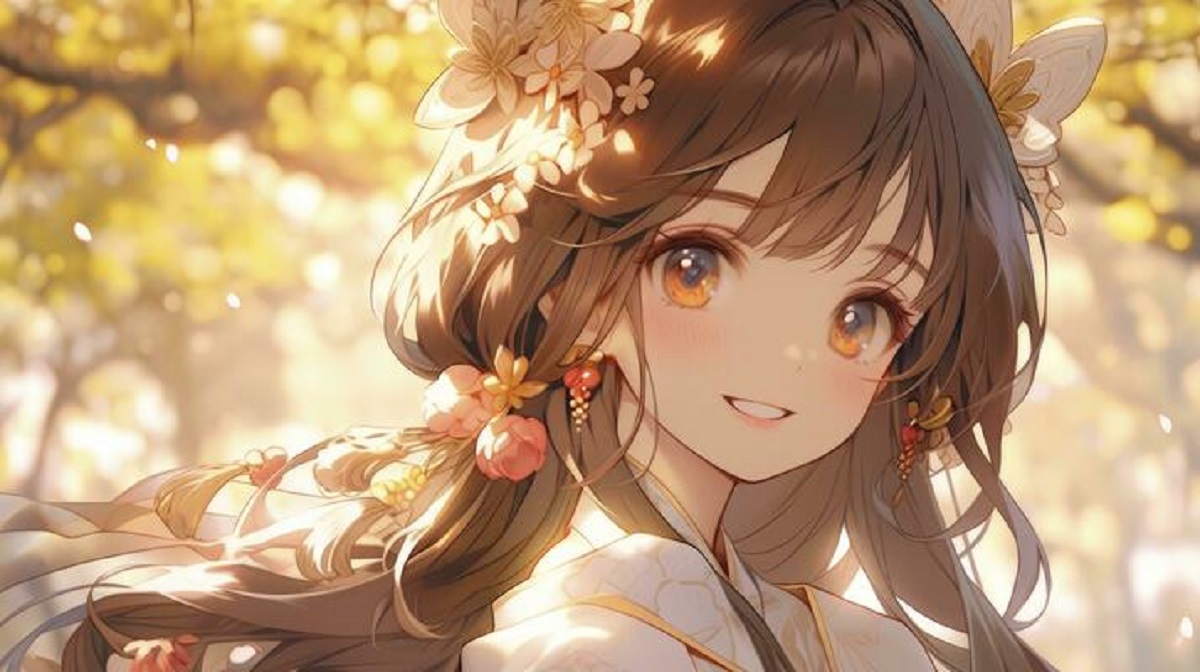n the intricate weave of cultural symbols and practices across the globe, few concepts are as unique and enigmatic as Henaojara. Originating from a deep-rooted tradition, it has grown to embody a range of meanings, from spirituality and art to personal expression. This article delves into the meaning, significance, and impact of Henaojara on contemporary society and its fascinating journey through time.
Historical Background of Henaojara
Henaojara has its roots in ancient practices, evolving from the indigenous tribes that used it as a symbol of community and identity. For these tribes, Henaojara represented more than just an emblem or tradition—it was a way of life. Passed down through generations, it symbolized unity, respect for nature, and a profound connection to the spiritual world. Over centuries, as cultures interacted and melded, it adopted new meanings and practices, absorbing elements from various traditions while retaining its original essence.
The significance of it became prominent as it started to represent resilience and unity. During colonial periods, this tradition often served as a form of resistance, a reminder of the ancestral roots and cultural integrity. As a result, Henaojara grew to symbolize not only unity within tribes but also a form of cultural survival and adaptability that empowered many communities.
Symbolism and Meanings of Henaojara
In its most distilled form, Henaojara stands for harmony, balance, and connection. Each element associated with it—from colors to shapes and patterns—holds specific symbolism. For example, the circular designs commonly found in Henaojara art represent the cyclical nature of life, while the colors used may signify different aspects of nature, such as the earth, water, and sky.
The act of creating Henaojara, whether in art, dance, or other forms, is itself considered a meditative process. For practitioners, it is a time for self-reflection and communion with their ancestors. This connection to heritage is an essential part of Henaojara, making it more than just a visual or ritualistic element; it’s a bridge linking the past with the present, a means of preserving stories, beliefs, and values in an ever-changing world.
Henaojara in Modern Art and Expression
Today, Henaojara has expanded beyond its traditional boundaries, influencing modern art, fashion, and music. Contemporary artists often incorporate Henaojara elements into their work to pay homage to the culture while exploring new interpretations. The blend of traditional motifs with modern techniques has created a new wave of artwork that resonates with both local communities and a global audience. This fusion highlights the adaptability of Henaojara, illustrating how it can be both an ancient tradition and a modern form of expression.
The art of Henaojara has also found its way into the fashion world, where it is celebrated for its unique aesthetic and profound cultural value. Designers have begun integrating Henaojara patterns into fabrics, accessories, and even jewelry. However, this crossover also brings discussions about cultural appropriation and respect, reminding creators and consumers alike of the importance of honoring the tradition’s origins and meaning.
Cultural Festivals Celebrating Henaojara
In recent years, festivals celebrating it have gained popularity, drawing attention to its vibrant heritage. These festivals not only showcase the traditional forms of Henaojara but also create a platform for cultural exchange, education, and preservation. They are organized by cultural organizations, local governments, and sometimes even international groups passionate about promoting heritage preservation. These events often include workshops, performances, and exhibitions, allowing attendees to gain hands-on experience and insight into the profound cultural legacy of it.
henaojaraAttending a Henaojara festival can be a transformative experience, as it offers a unique blend of traditional and modern expressions, from intricate body painting to live storytelling and spiritual rituals. These events serve as a bridge, fostering understanding and appreciation of it for those within and outside the culture.
The Future of Henaojara: Preservation and Innovation
As Henaojara continues to grow and adapt in today’s interconnected world, the challenge remains to balance preservation with innovation. Elders and cultural custodians play a key role in ensuring that remains authentic to its roots, while also making space for younger generations to reinterpret and celebrate it in fresh ways. Educational initiatives and online platforms have begun to play a role in this preservation effort, helping younger people stay connected to the tradition in an era of globalization.
The future of it appears promising, as it continues to inspire new generations of artists, thinkers, and creators. Through the combined efforts of community members, educators, and cultural advocates, it will likely continue evolving, resonating with audiences far beyond its place of origin.
Conclusion
Henaojara is more than just an artifact of the past; it is a living, breathing tradition that has withstood the test of time. Its resilience and adaptability are a testament to the strength and creativity of the communities that practice it. As it moves forward, it serves as a reminder of the power of cultural heritage in shaping identity, fostering unity, and celebrating the human spirit across generations.











